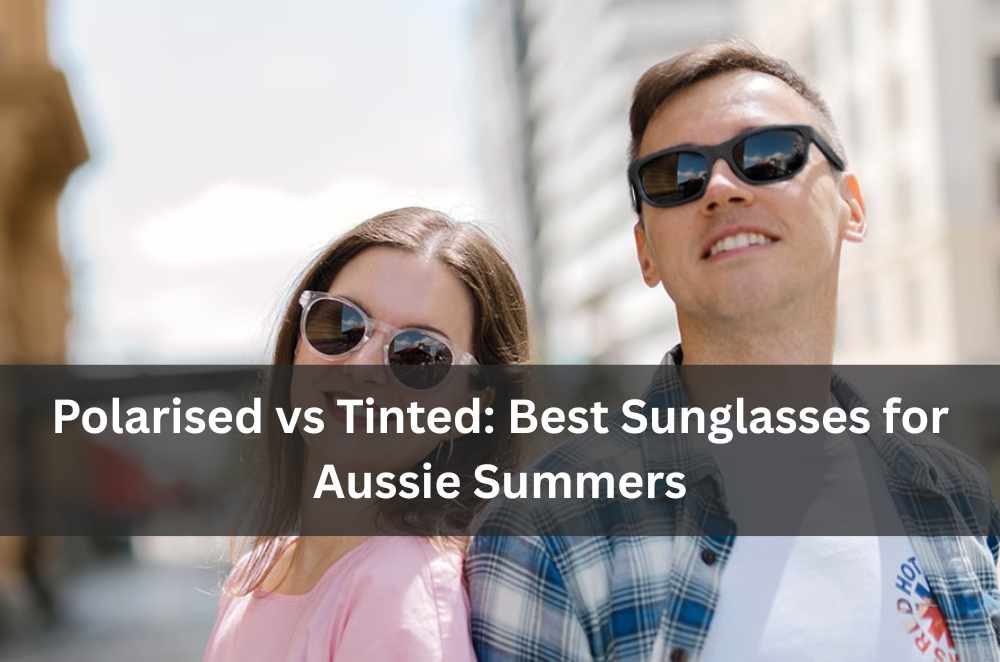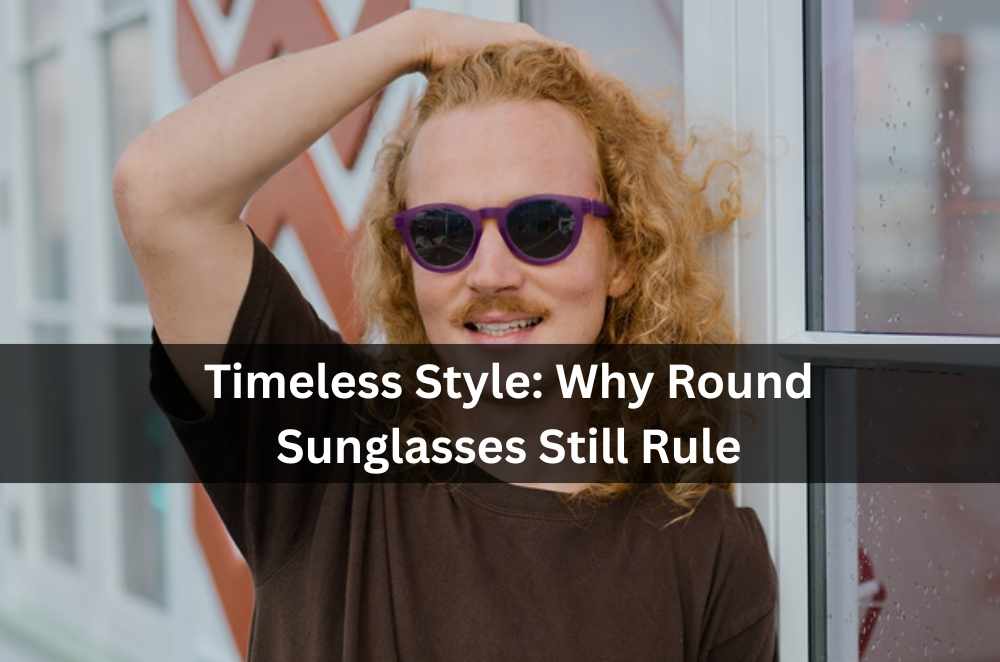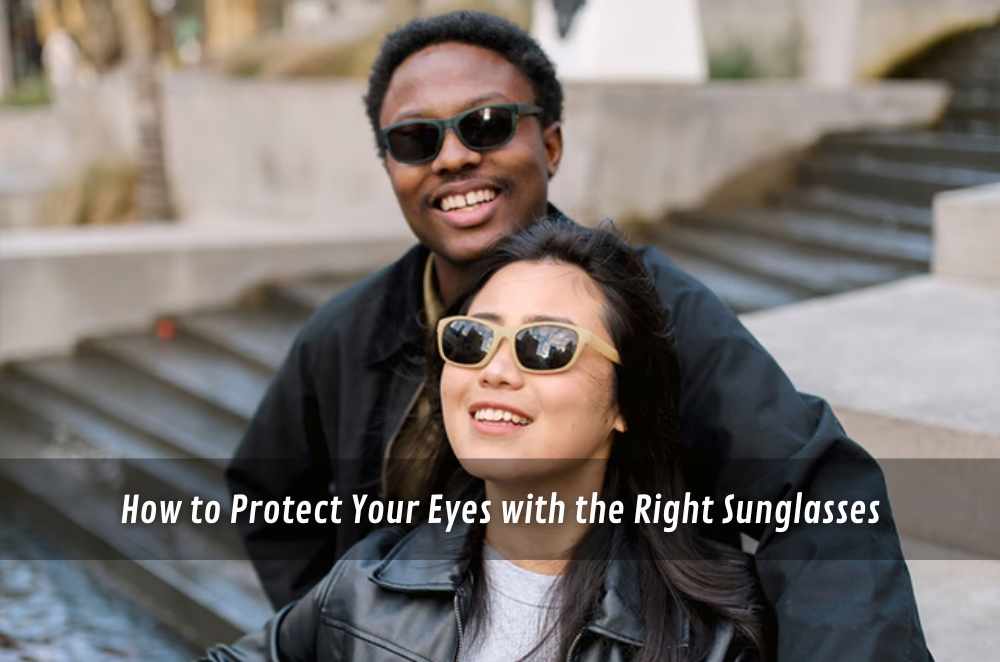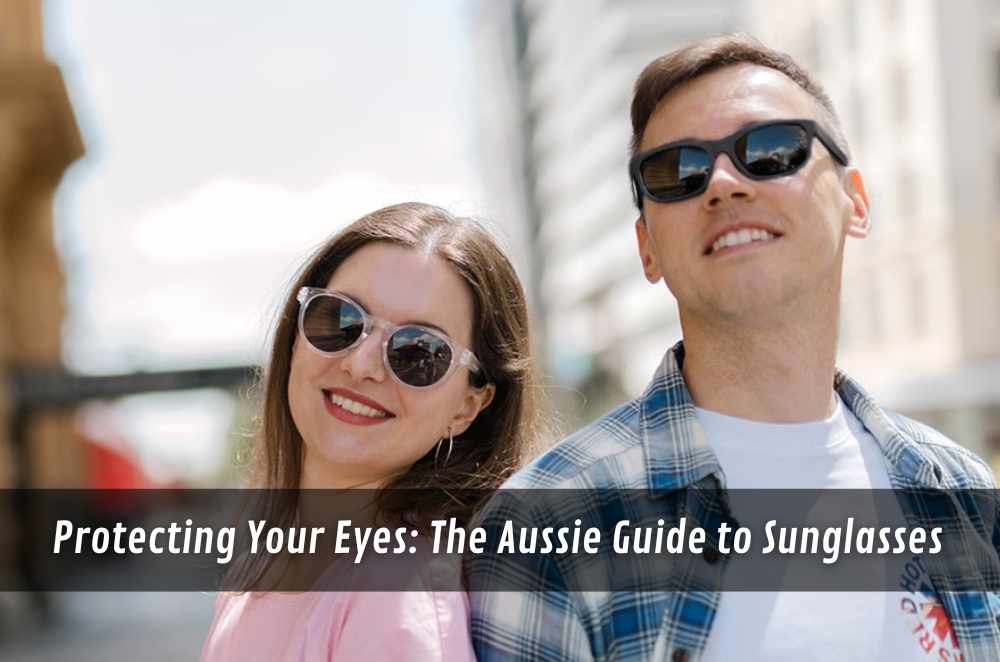
First hot northerly of the season, and the bitumen started to shimmer. That was my cue to pay closer attention to what sits in front of my eyes, not just what sits on my face. If you’re comparing polarised and tinted lenses, think about light first: where it bounces, how it flares, and when it fools your depth perception. Then think about frames that hold steady when sweat and sunscreen enter the chat. If you want scope to change colours or swap lenses later, set that up from the start. A broad, modern take on designer sunglasses should balance glare control, UV blocking, and everyday comfort so you reach for the same pair without second-guessing.
How polarised and tinted lenses work in everyday light
A quick primer helps: both options can block UV to clinical standards, but they treat glare differently, which you’ll feel on roads, water, and bright pavements.
Glare control: Polarised lenses use a vertical filter that reduces reflected glare from roads, water, and metal, easing squinting and eye fatigue.
Colour balance: Quality tints (grey, brown, green) dim light without skewing colours too far; grey keeps neutrality, brown adds contrast, green lands in between.
Depth and texture: Polarised lenses can sharpen edges on bright days; amber-brown tints lift contrast when you move between sun and patchy shade.
Screen visibility: Some LCDs look darker behind polarised filters; a neutral grey tint keeps kiosks and vehicle displays readable outdoors.
On clinic days, I keep two pairs on the desk: one polarised for driving between sites, one grey-tint for errands and quick outdoor screens. The better choice isn’t “right” or “wrong”—it’s “what light will you see most?”
Matching lens tech to Australian conditions
Bright months here bring harsh UV, pale concrete, long drives, and glare bouncing off water. Making a few clear choices removes daily friction.
Driving focus: Polarised grey helps manage bonnet and road reflections, especially after midday when bitumen throws light back at you.
Coastal days: Brown or copper polarised lenses tame water flare and still reveal texture in sandbars and rocks near the surface.
City shade hopping: A mid-density grey tint with full UV blocking is easy when you’re ducking under awnings and back into the sun.
All-weather shifts: Photochromic sun lenses exist, but if you want immediate brightness control, carry a tint that’s comfortable even under scattered clouds.
Public guidance on everyday eye care is consistent on one point: UV protection isn’t tied to how dark a lens looks. Large Australian retailers—including Specsavers and OPSM—regularly echo that idea in their plain-English guides: check for stated UVA and UVB filtration first, then choose polarisation or tint to solve your main light problem.
Frame, fit, and parts that actually support the lens
Lens performance only lands if the frame stays put, feels stable, and can handle a knock. A simple, modular setup makes ownership easier and keeps costs predictable over time.
One style, multiple sizes: A single frame silhouette in several sizes removes guesswork; coverage and bridge fit stay consistent across the range.
Customisable arms and lenses: Interchangeable arms and coloured lenses let you refresh your look or function without replacing the whole frame.
Manufactured in Australia: Locally made frames using recycled and recyclable materials bring sturdy build quality and reliable delivery.
Ordering and support: Upload a prescription online, or phone a contact centre for help with pupil distance, fit notes, or sun-lens suitability across prescriptions.
Two guarantees reduce risk: a 10-year warranty on frames for durability, and a 30-day money-back window if the fit or feel misses expectations. If you need a second pair, bundle savings—such as 40% off additional pairs when you buy prescription glasses—make it easier to keep one in the car and one in the bag.
Picking the right option for how you spend your week
Start with your light map—where glare or brightness actually bothers you—then choose the simplest lens that addresses that problem most days.
Commuting and highways: Polarised grey to reduce reflected glare on bright roads; test with your instrument cluster to confirm readability.
Beaches, rivers, and pools: Polarised brown or amber for contrast and surface penetration, useful when you need to read water depth at a glance.
Courts, ovals, and bush tracks: Brown or copper tints boost contrast for terrain and ball tracking; polarised versions add comfort on exposed sideline seats.
Errands with outdoor screens: A neutral grey tint blocks UV while keeping ATMs and ticket machines readable in midday glare.
For a compact checklist that covers fit, coverage, and label basics in plain language, see this practical guide to the best sunglasses. It mirrors what clinic staff talk through every week: keep it simple, verify UV, then match lens behaviour to the light you actually face.
Care, maintenance, and making pairs last
Good lenses deserve gentle habits. A few repeatable steps protect coatings and keep clarity high without expensive upkeep.
Cleaning routine: Use lens sprays and wipes designed for coated optics; avoid household cleaners that can strip anti-reflective layers.
Storage pattern: A felt case prevents fine scratches in bags and gloveboxes; putting a cloth between lenses avoids micro-abrasion.
Part swaps: Replacing arms or switching to a denser sun lens should be tool-free and secure; check that parts click in with no wobble.
Smart budgeting: Referral programs that offer 50% off for you and a friend help refresh older pairs; standardised frames keep replacement parts affordable.
If you like to keep an eye on industry shifts, this neutral overview of Australian eyewear sketches where manufacturing, materials, and modularity are headed, and why that supports long service life for everyday sunglasses.
A quick case from the practice floor
Last month, a long-haul driver came in complaining that late-afternoon trips felt tiring even with UV-rated sunnies. The issue wasn’t ultraviolet exposure; it was reflected glare off pale road markings and a glossy dash throwing light back at eye level. We switched to a polarised grey sun lens and adjusted the bridge fit so the frame wouldn’t creep when the cabin warmed up. The first follow-up was short: less squinting, steadier focus, no headache by the last hour on the highway. The next day, a café manager turned up with the opposite problem—outdoor tables, lots of terminal screens, and a habit of moving between bright courtyards and shaded counters. Polarisation made some displays look dim, so a neutral grey tint with strong UV blocking became the call. Both kept the same frame silhouette in different sizes, uploaded prescriptions online, and used contact-centre help for PD checks and lens thickness questions.









Write a comment ...